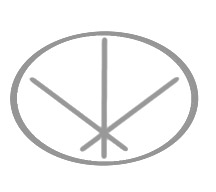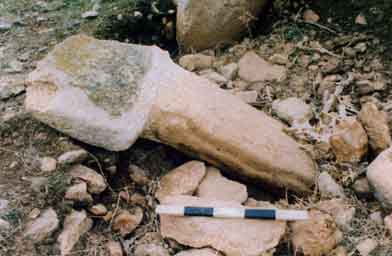![]()
![]()
i. Oldest Temple in the World

Covering an area the size of three tennis courts, the archaeological site known as Göbekli Tepe in South-east Turkey is known as the oldest temple in the world. Consisting of a series of sub-surface cult buildings, it is to be found on the top of a ridge overlooking a fertile agricultural landscape, north-east of the modern city of Saniurfa. According to the German archaeologists who have been excavating here since 1995, Göbekli Tepe, as much as 11,500 years old, was constructed by faceless individuals (+/- 500 years) belonging to an epoch known as the Pre-Pottery Neolithic. This was a transitional stage between the hunter gatherers of the still present Ice Age, and the more settled agricultural communities that emerged on the banks of the Euphrates river shortly after the ice sheets receded, causing a gradual change in temperature and environment.
| Why exactly Göbekli Tepe was built even before this took place remains a mystery. All that makes sense is that the various linear structures with roofs supported by carved T-shaped pillars, displaying a wide range of animals, birds, serpents, spiders and anthropomorphs of a quality unequalled thereafter until the emergence of the Sumerian and Akkadian civilizations down in the fertile plains of Iraq thousands of years later. What was the purpose of these incredible prehistoric structures? Might they be aligned to the stars like megalithic monuments worldwide? |
Gobekli Tepe |
|
Stone with serpent carving from Karahan Tepe ( photo: Harran University ) |
Nearby is another Pre-Pottery Neolithic site called Karahan Tepe, which dates to a similar age as Göbekli Tepe. Stone rows, T-shaped stone pillars, and other standing stones cover an area the size of a soccer field. One day it will, I believe, prove to be even more important than Göbekli Tepe. Exactly what the mindset was behind those who created Early Neolithic sites such as Göbekli Tepe and Karahan Tepe is a complete mystery. Who were these faceless individuals, and what inspired them to construct such incredible monuments at the end of the Last Ice Age?
Note similarity of the structure of the sperm to the carving on the stone to the left. |
![]()
![]()


